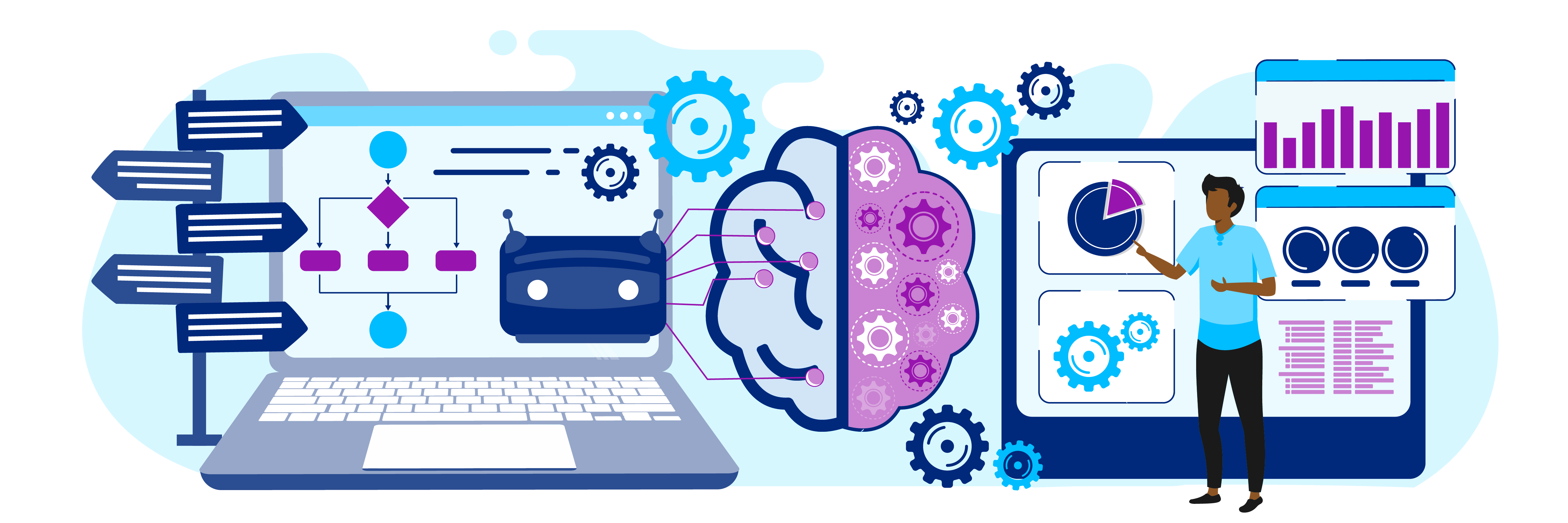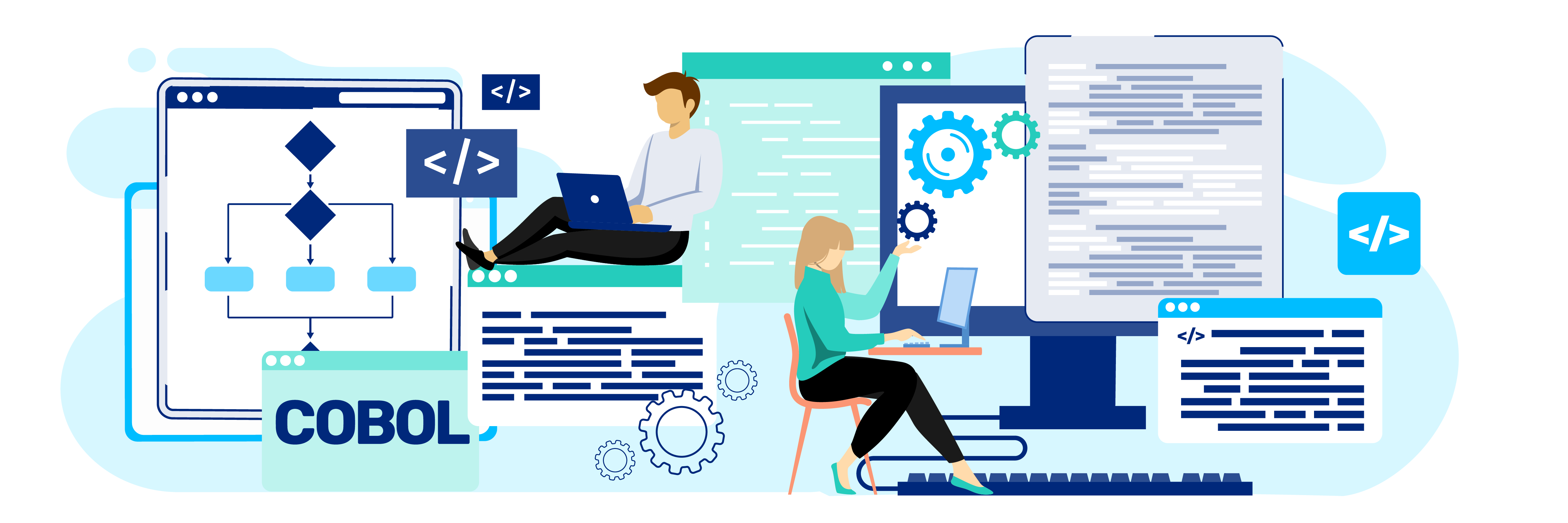It sounds like a contradiction in terms: “unleash the logic”. Business logic in insurance, like “if a safe driver renews her policy, then provide a discount”, is well, logical. Constrained. Unexciting.
But amazing things can happen when logic is managed independently of technology. Decoupling business logic from its underlying application, rule engine or spreadsheet opens up new opportunities through automation to gain speed-to-market, increase productivity or reduce regulatory risk.
This series of blogs is meant to give the reader a high-level glimpse into the business value created through decision automation. I’ve drawn upon our Sapiens Decision experience to describe a wide range of important and practical solutions underpinned by decision automation. There are, of course, dozens more examples to choose from, but let’s start here.

Leaders are operationalizing AI to solve costly problems
AI is now being used to solve practical operational problems. But operationalizing any AI/Machine Learning (ML) model requires it to be integrated with business systems that run the organization’s processes. A decision automation solution is the best way to make this happen because decision automation creates the bridge between AI/ML model outputs and business operations.
For example, Sapiens Decision helped a major auto insurer save millions of dollars each year by using an AI/ML model to identify higher risk drivers, with decision automation to operationalize this insight. Now, when a potentially risky driver is identified during the auto insurance renewal process, the carrier automatically purchases the driver report to get more information, but avoids costly report purchases for lower risk driver renewals.

Achieve competitive differentiation through your claims experience
The claims experience is a make-or-break event for customers. Research says that 40% of consumers will switch carriers if they have a poor claims experience. Getting it right requires the right balance of technology and the human touch.
Hiscox deployed Sapiens Decision’s capabilities to optimize its customer claims experience by creating the fastest path to provide the info needed to process a claim, avoiding the annoyance of inputting irrelevant info. This resulted in higher levels of customer satisfaction with faster settlements, increased productivity with fewer claims reallocated, and a transformational change that gave claims business analysts greater ownership for claims.

Stay ahead in delivering innovative customer experiences … always
Customers demand new experiences. This has sparked a rapid evolution of CX channels with the expectation of self-help, consistency across channels, and understanding that the organization knows about prior interactions. But the pace of change is running faster than the ability of the organization’s core systems to keep up. Carriers need to respond by adopting strategies to ensure minimal impact of new CX technologies, apply consistent logic that can change rapidly, and communicate customer history across channels.
Sapiens Decision plays a key role in realizing this strategy by enabling the separation of core systems from business logic and customer channels. This allows technology, business policies and customer preferences to evolve at their own pace but always stay in synch. By adopting Decision, carriers can keep up with ever changing customer expectations and not worry about costly integration and technology upgrades.

A legacy modernization approach that’s 50% less costly
The legacy enterprise applications still running many carriers’ policy, billing and claims systems are written in aging code that’s decades old and comprised of billions of lines of COBOL code. Making updates to it can be tedious. And oftentimes, carriers don’t understand what the code actually does. This is obviously a problem in making policy updates and ensuring regulatory compliance.
An innovative approach recently developed by Sapiens Decision is to apply AI/ML models to understand the business logic contained in legacy enterprise applications and extract it into a format called a decision model. Once the logic resides in a decision model, it can be understood and managed directly. The business logic within the decision model reflects business policies, and it can be easily updated with no-code tools designed for business analysts.
Our automated logic extraction (ALE) approach allows carriers to avoid hiring an army of developers to pore over millions of lines of code. It is estimated that the cost of a modernization project can be reduced by up to 50% overall with this decision automation approach.

Let Business run your business with no-code tools
Organizations that recognize the need for agility are giving business users greater responsibility and access to the company’s systems, ensuring they provide optimal support for its mission. Self-service for business users is on the rise and the explosion of low-code/no-code tools is proof. Business policies are executed through business rules within enterprise systems, and this process is traditionally managed by IT. Prior generations of business rules management systems, still widely used, are technical, require developers to interpret written requirements, and ultimately generate legacy code that can be difficult to manage. With Sapiens Decision’s automation capabilities, business analysts don’t need to be coders, just logical thinkers. Build the model, use built-in validation tools to test for gaps and conflicts in business logic, and approve and deploy auto-generated and error free code. This approach decreases reliance on IT and helps free up IT resources to focus on more challenging engineering problems.
See Part 2.
Learn more about what Sapiens Decision can do for your business.

